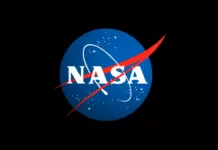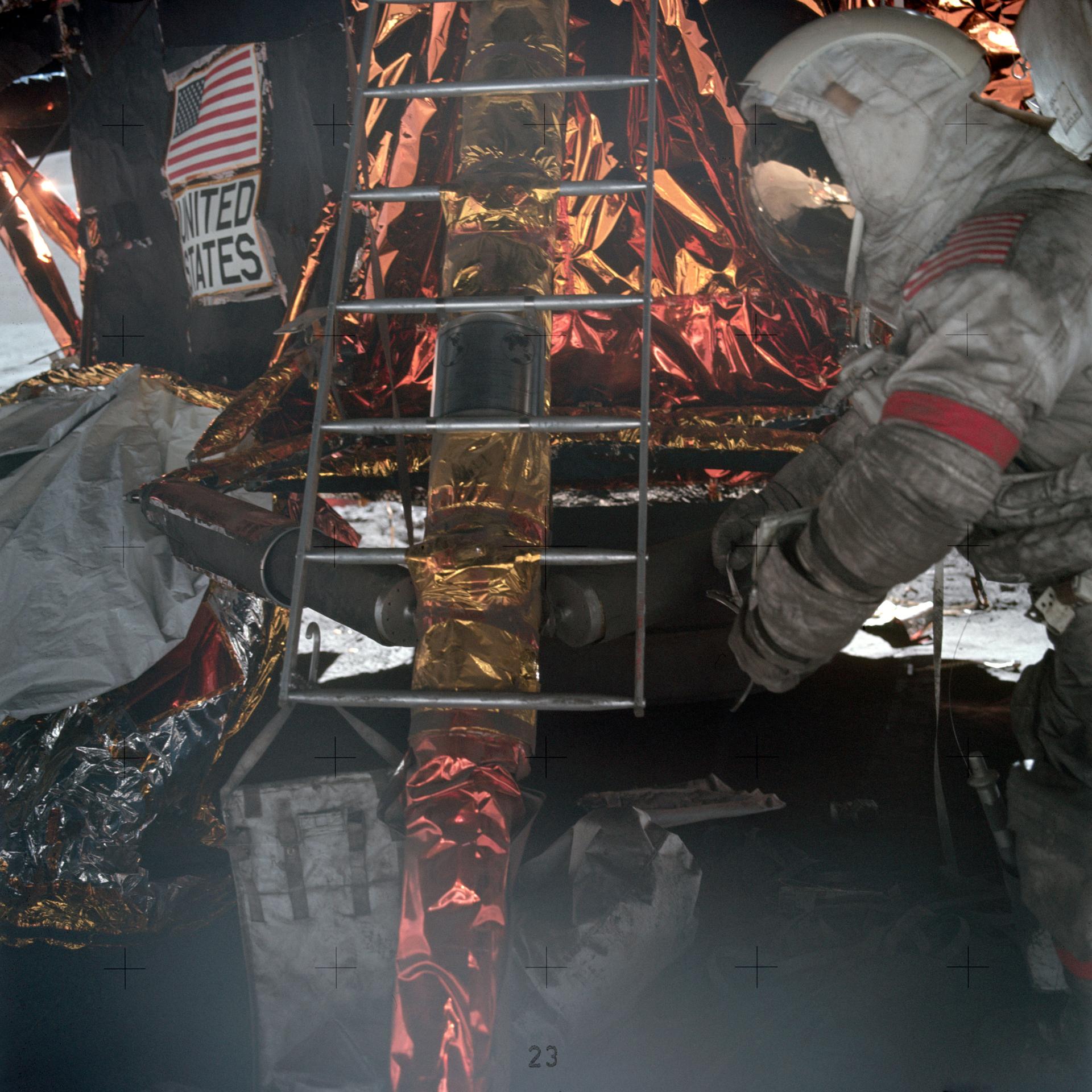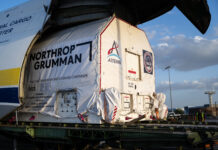Handling Moon Dust: A Crucial Collaboration Between NASA and Industry
Moon dust, scientifically known as regolith, is a unique substance that presents significant challenges to space exploration. Unlike the commonplace dust particles that accumulate on Earth, lunar regolith is abrasive and has a tendency to cling to surfaces. This characteristic posed considerable difficulties for astronauts and space equipment during NASA’s Apollo missions to the Moon.
One of the most vivid accounts of these challenges comes from astronaut Harrison Schmitt during the Apollo 17 mission. Schmitt described experiencing "lunar hay fever" after inhaling moon dust, which led to symptoms such as sneezing, watery eyes, and a sore throat. Although these symptoms subsided, the incident underscored the importance of addressing health risks associated with lunar soil. Consequently, NASA has prioritized extensive research into the properties and management of lunar soil to safeguard human health and mission-critical technology.
Interestingly, the efforts to manage lunar dust are already proving beneficial on Earth, particularly in combating air pollution. A notable example of this is the collaboration between NASA and Lunar Outpost Inc., a company based in Golden, Colorado. Lunar Outpost has been a key contributor to NASA’s Next Space Technologies for Exploration Partnerships (NextSTEP) program, which focuses on developing technologies for future space missions.
As part of their contribution, Lunar Outpost developed an advanced air-quality sensor system capable of detecting and measuring the presence of lunar soil particles in the air. This same technology has been adapted to detect a range of pollutants on Earth. Initially based in Denver, the company created an air-quality sensor named the Space Canary, which was later integrated into Lockheed Martin Space’s prototype for the NextSTEP lunar orbit habitat.
Once incorporated into the habitat’s environmental control system, the Space Canary demonstrated significant advantages over traditional air-quality monitoring equipment. The sensor has since been rebranded as Canary-S (Solar) and is now widely used for low-cost, wireless air-quality and meteorological monitoring on Earth. This self-contained unit is powered by solar energy and a battery, allowing it to transmit data via cellular technology.
The Canary-S sensor is capable of measuring a variety of pollutants, including particulate matter, carbon monoxide, methane, sulfur dioxide, and volatile organic compounds. Every minute, the device sends data to a secure cloud, where it is then routed to either Lunar Outpost’s web-based dashboard or a customer’s database for viewing and analysis.
One of the key applications of the Canary-S sensor is in the oil and gas industry, where it provides continuous, real-time monitoring of fugitive gas emissions. Additionally, the U.S. Forest Service employs these sensors to monitor emissions from forest fires. This usage has proven particularly valuable in safeguarding the health of firefighters.
“Firefighters have been exhibiting symptoms of carbon monoxide poisoning for decades. They thought it was just part of the job,” explained Julian Cyrus, Chief Operating Officer of Lunar Outpost. “But the sensors revealed where and when carbon monoxide levels were sky high, making it possible to issue warnings for firefighters to take precautions.”
The development and deployment of the Canary-S sensors underscore the life-saving potential of technologies born from NASA-industry collaborations. By leveraging the innovations designed for space exploration, these technologies can be adapted to address critical environmental and health challenges on Earth.
The Significance of Regolith Management
Understanding and managing lunar regolith is not just a matter of convenience; it is crucial for the success of future lunar missions. Regolith’s abrasive nature can damage space suits, equipment, and habitats, posing a risk to both astronauts and mission integrity. Moreover, the fine particles can be inhaled, leading to potential respiratory issues, as evidenced by Schmitt’s experience.
NASA’s research into lunar soil involves studying its composition, behavior, and potential health impacts. This research is essential for developing effective mitigation strategies, such as improved space suit designs, air filtration systems, and habitat construction materials that can withstand regolith abrasion.
Earth Applications: A Broader Impact
The adaptation of space technologies for Earth-based applications is a testament to the versatility and value of space research. The Canary-S sensor is a prime example of how innovations designed for space exploration can be repurposed to address pressing environmental issues on our planet.
Air pollution is a significant global concern, with millions of people affected by poor air quality. By providing accurate, real-time data on various pollutants, the Canary-S sensor enables industries and environmental agencies to monitor and mitigate the impact of harmful emissions. This capability is particularly valuable in sectors such as oil and gas, where fugitive emissions can pose serious environmental and health risks.
In the context of forest fires, the ability to monitor emissions in real-time is crucial for protecting the health of firefighters and nearby communities. The data provided by Canary-S sensors can inform decision-making and enhance safety protocols, ultimately saving lives.
Looking Ahead: The Future of Space-Earth Technology Integration
The collaboration between NASA and companies like Lunar Outpost highlights the potential for space technologies to drive innovation across multiple sectors. As space exploration continues to advance, the technologies developed for lunar and planetary missions will likely find new applications on Earth, addressing a wide range of challenges from environmental monitoring to public health.
Furthermore, the ongoing research into lunar soil management will not only pave the way for successful lunar missions but also contribute to our understanding of how to manage similar challenges in other extraterrestrial environments. This knowledge will be invaluable as humanity embarks on missions to Mars and beyond.
Conclusion: A Synergistic Approach to Innovation
The story of lunar regolith management and the development of the Canary-S sensor exemplifies the power of collaboration between space agencies and the private sector. By working together, NASA and industry partners like Lunar Outpost are creating technologies that not only advance space exploration but also have significant benefits for life on Earth.
As we continue to explore the cosmos, the innovations born from these efforts will undoubtedly lead to new solutions for some of our planet’s most pressing issues. The integration of space and Earth technologies represents a synergistic approach to innovation, one that holds the promise of a healthier, more sustainable future for all.
For more information on NASA’s Next Space Technologies for Exploration Partnerships (NextSTEP) program, visit the official NASA website.
For more Information, Refer to this article.


































![Samsung’s Breakthrough Fuels Progress in Science and Industry: Interview How Samsung’s Engineering Feat Became a Catalyst for Scientific and Industry Advancement [Interview on Real Quantum Dots Part 2.]](https://www.hawkdive.com/media/samsung-tvs-and-displays-samsung-quantum-dots-technology-qled-tvs-quantum-dots-experts-interview-par-218x150.jpeg)